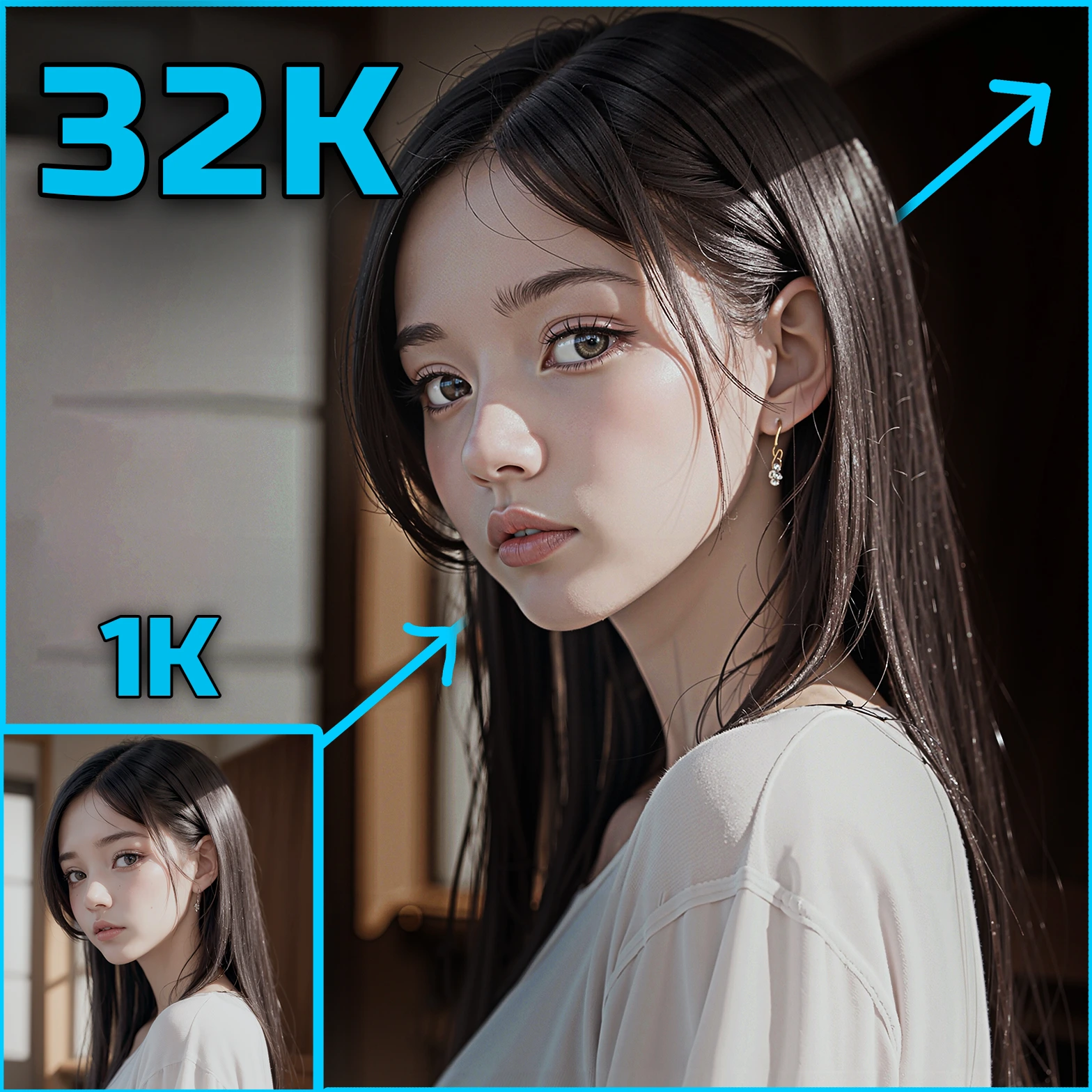ComfyUI Node: Image Rotate
Image Rotate
CategoryWAS Suite/Image/Transform
WASasquatch (Account age: 4910days) Extension
WAS Node Suite Latest Updated
2025-03-27 Github Stars
1.44K
How to Install WAS Node Suite
Install this extension via the ComfyUI Manager by searching for WAS Node Suite- 1. Click the Manager button in the main menu
- 2. Select Custom Nodes Manager button
- 3. Enter WAS Node Suite in the search bar
Visit ComfyUI Online for ready-to-use ComfyUI environment
- Free trial available
- 16GB VRAM to 80GB VRAM GPU machines
- 400+ preloaded models/nodes
- Freedom to upload custom models/nodes
- 200+ ready-to-run workflows
- 100% private workspace with up to 200GB storage
- Dedicated Support
Image Rotate Description
Rotate images in AI art projects with specified degrees, modes, and sampling methods for precise adjustments and transformations.
Image Rotate:
The Image Rotate node is designed to facilitate the rotation of images within your AI art projects. This node allows you to rotate images by specified degrees, ensuring that your visual compositions can be adjusted to the desired orientation. It supports different rotation modes and sampling methods, providing flexibility and control over the image transformation process. Whether you need to rotate an image by 90 degrees for a quick adjustment or perform more complex rotations, this node ensures that the output maintains high quality and visual integrity.
Image Rotate Input Parameters:
images
This parameter accepts a batch of images that you want to rotate. The images should be in a tensor format, which is a common format used in AI and machine learning for handling image data. The node will process each image in the batch individually.
mode
The mode parameter determines the method used for rotating the images. It can be set to either internal or external. The internal mode uses the built-in rotation function of the image library, while the external mode performs a series of 90-degree rotations. The choice of mode can affect the performance and the final appearance of the rotated image.
rotation
This parameter specifies the degree of rotation to be applied to the images. The value should be an integer between 0 and 360. If the value exceeds 360, it will be capped at 360. Additionally, the rotation value will be adjusted to the nearest multiple of 90 degrees to ensure proper alignment.
sampler
The sampler parameter defines the resampling method used during the rotation process. It can be set to nearest, bicubic, or bilinear. Each option offers a different level of quality and computational complexity. nearest is the fastest but may produce lower quality results, while bicubic and bilinear provide smoother and higher quality outputs.
Image Rotate Output Parameters:
batch_tensor
The output of the Image Rotate node is a batch tensor containing the rotated images. This tensor maintains the same format as the input images, ensuring compatibility with subsequent nodes in your workflow. The rotated images will reflect the specified rotation degree and sampling method, ready for further processing or final output.
Image Rotate Usage Tips:
- For quick and efficient rotations, use the
internalmode with thenearestsampler, especially if image quality is not a critical concern. - When high-quality output is essential, opt for the
bicubicorbilinearsampler to achieve smoother and more visually appealing results. - Ensure that the rotation value is a multiple of 90 degrees to avoid unexpected results and maintain proper image alignment.
Image Rotate Common Errors and Solutions:
The hue_shift 'X' is out of range. Valid range is 0.0 - 1.0
- Explanation: This error occurs when the hue_shift value provided is outside the valid range of 0.0 to 1.0.
- Solution: Ensure that the hue_shift parameter is set within the range of 0.0 to 1.0 before running the node.
Invalid rotation value
- Explanation: This error occurs when the rotation value is not an integer or is outside the range of 0 to 360 degrees.
- Solution: Verify that the rotation parameter is an integer between 0 and 360. Adjust the value accordingly to fit within this range.
Unsupported sampler type
- Explanation: This error occurs when an invalid sampler type is provided.
- Solution: Ensure that the sampler parameter is set to one of the supported values:
nearest,bicubic, orbilinear. Double-check the spelling and case of the sampler type.
Image Rotate Related Nodes
RunComfy is the premier ComfyUI platform, offering ComfyUI online environment and services, along with ComfyUI workflows featuring stunning visuals. RunComfy also provides AI Models, enabling artists to harness the latest AI tools to create incredible art.


